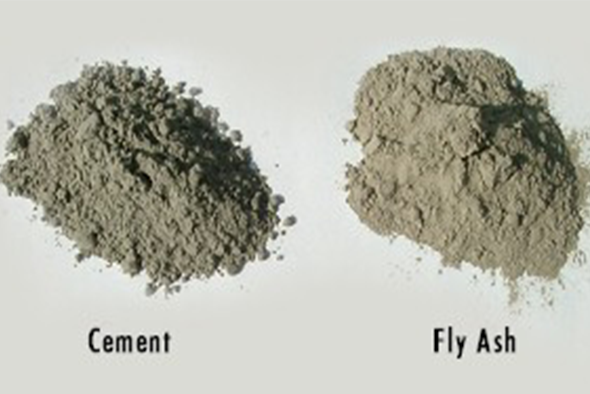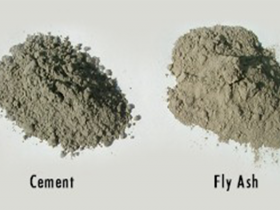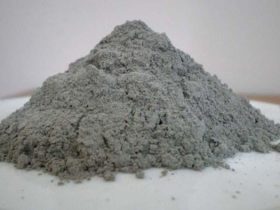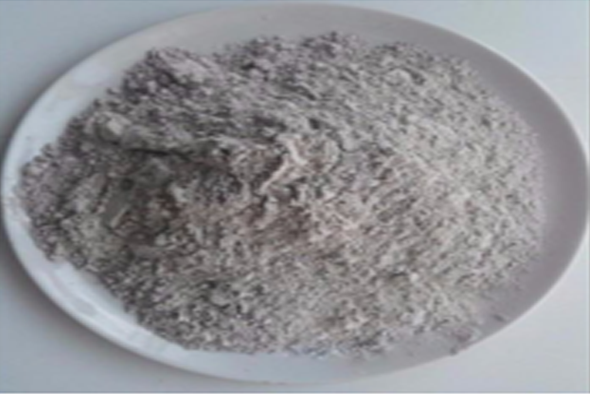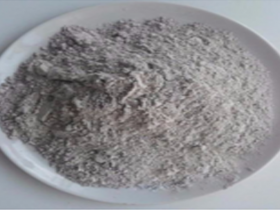GBS is used to make durable concrete structures in combination with ordinary Portland cement and/or other pozzolanic materials. GGBS has been widely used in Europe, and increasingly in the United States and in Asia (particularly in Japan and Singapore) for its superiority in concrete durability, extending the lifespan of buildings from fifty years to a hundred years.
Two major uses of GGBS are in the production of quality-improved slag cement, namely Portland Blastfurnace cement (PBFC) and high-slag blast-furnace cement (HSBFC), with GGBS content ranging typically from 30 to 70%; and in the production of ready-mixed or site-batched durable concrete.
Concrete made with GGBS cement sets more slowly than concrete made with ordinary Portland cement, depending on the amount of GGBS in the cementitious material, but also continues to gain strength over a longer period in production conditions. This results in lower heat of hydration and lower temperature rises, and makes avoiding cold joints easier, but may also affect construction schedules where quick setting is required.
Use of GGBS significantly reduces the risk of damages caused by alkali–silica reaction (ASR), provides higher resistance to chloride ingress — reducing the risk of reinforcement corrosion — and provides higher resistance to attacks by sulfate and other chemicals




